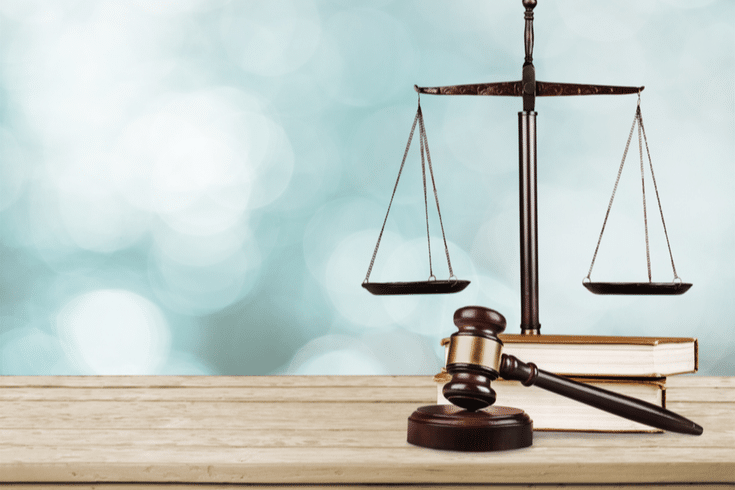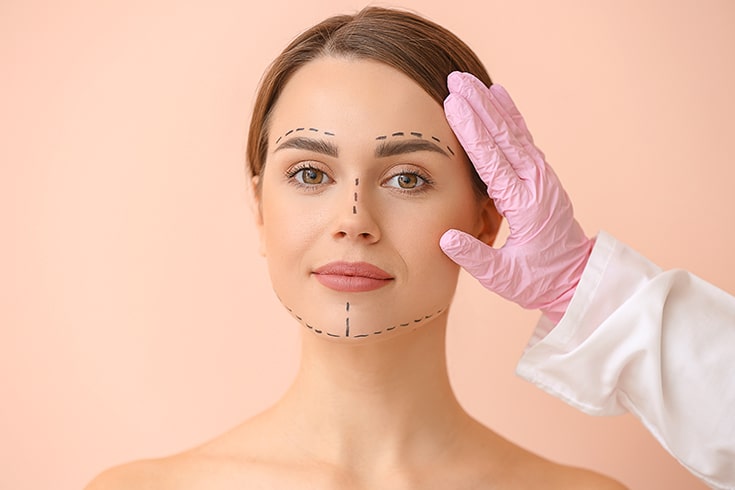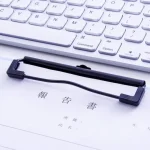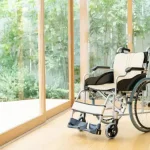An Attorney's Explanation on the Key Points of the Japanese Medical Advertising Guidelines
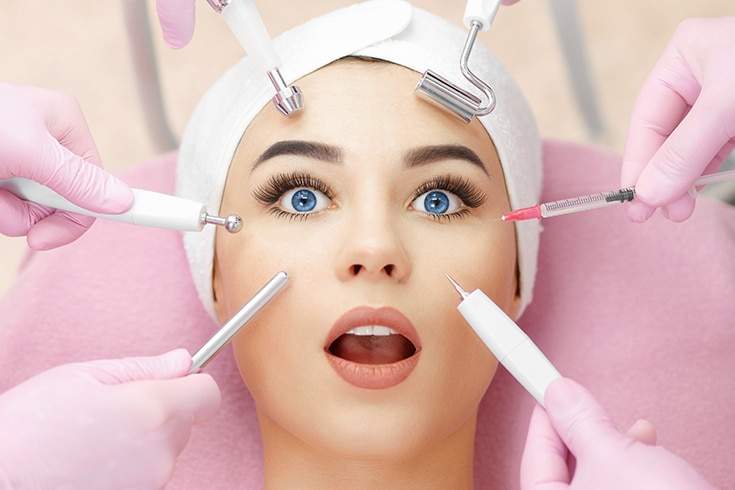
When posting content such as advertisements, information provision, reviews, and personal experiences related to hospitals, clinics, and medical offices on the web, the issue that arises is the legal regulation concerning medical advertising.
Such medical advertisements are subject to strict advertising regulations under the Japanese Medical Practitioners Act and the Japanese Medical Advertising Guidelines. Furthermore, these advertising regulations are quite complex and difficult to understand.
For example, “testimonial advertising” is prohibited, but it is not prohibited for a patient to write a diary on their own blog, saying,
“I received treatment for XX at XX clinic and it was very good.”
There is a wide range of content that can be published on the internet and that could potentially have a certain advertising effect for a clinic.
One of the reasons why the Japanese Medical Practitioners Act and the Japanese Medical Advertising Guidelines are difficult is because it is necessary to understand how to judge the legality for each of these “wide-ranging patterns”.
However, by using the flowchart below, it should be possible to understand the basic aspects.
Section 1: Applicability of Medical Advertising
The first question to be asked is whether the article in question (or expressions within the article) can be classified as “medical advertising”.
The applicability of medical advertising is determined by:
- Inducement: There is an intention to attract patients to seek medical attention
- Specificity: The name of the person providing medical or dental services, the name of the hospital or clinic can be specifically identified
If both of these conditions are met, it can be classified as medical advertising.
Assessing Inducement in Testimonials
In particular, it is difficult to determine the applicability of inducement in testimonials.
On this point, in the “Q&A on Medical Advertising Guidelines” issued in August 2018 (Heisei 30), it is stated that:
“If there is an inducement in the testimonials of medical institutions, it will be subject to advertising regulations”
【PDF】Q&A on Medical Advertising Guidelines, August 2018 (Heisei 30)
Under this basic principle, the following examples are given:
- If a medical institution requests a patient or their family to post a positive testimonial (regardless of whether it is paid or unpaid) → there is inducement
- If the patient or their family makes a recommendation without being influenced by the medical institution → there is no inducement
The latter case applies when a patient (or their family) posts their impressions on their own website, SNS, or so-called hospital review sites. However, especially in the case of hospital review sites:
- If the operator of the website edits the content of the testimonials to favor the medical institution (e.g., revising the content of the testimonials, deleting negative testimonials, or displaying positive testimonials at the top) & this is done at the request of the medical institution → there is inducement
- Even if it was not done at the request of the medical institution, if the medical institution subsequently bears the cost of operating the website that has been edited in this way → there is inducement

These examples are also given.
Assessing Specificity in Articles Stating General Opinions
Also, regarding specificity:
- Even if there is a statement saying “This is not an advertisement”, but the name of the hospital, etc. is mentioned
- Even if it takes the form of a book, booklet, or website introducing treatment methods, if the name of a specific hospital (including multiple hospitals) is mentioned, or if the phone number or website address is mentioned, making it easy for the general public to identify the hospital
Specificity cannot be denied.
When the Medical Practitioners’ Act Does Not Apply (Pattern 1)
If an advertisement does not fall under the category of medical advertising, the Medical Practitioners’ Act and the Medical Advertising Guidelines do not apply. Therefore, there are no regulations based on the Medical Practitioners’ Act, and in principle, any article can be published.
However, there are also the following regulations related to medical matters in a broader sense:
- Prohibition of false or exaggerated advertising regarding the names, efficacy, performance, etc. of pharmaceuticals and medical devices (Article 66, Paragraph 1 of the Japanese Pharmaceuticals and Medical Devices Act)
- Prohibition of advertising the names, efficacy, performance, etc. of pharmaceuticals and medical devices before approval (Article 68 of the same Act)
- Prohibition of false or misleading advertising regarding the health benefits of products sold as food (Article 31, Paragraph 1 of the Japanese Health Promotion Act)
- Prohibition of representations that are superior to competitors in a manner contrary to fact (Article 5, Paragraph 1 of the Japanese Act against Unjustifiable Premiums and Misleading Representations)
- Prohibition of misleading advertising and false advertising (Article 21, Paragraph 2 of the Japanese Unfair Competition Prevention Act)
Even if the Medical Practitioners’ Act and the Medical Advertising Guidelines do not apply, such advertisements can still be problematic, so caution is necessary.
Section 2: Applicability of Prohibited Matters

If it falls under medical advertising, the following descriptions are considered illegal as “prohibited matters” (Article 6-5, Paragraphs 1 and 2, and Rule 1-9 of the Japanese Medical Practitioners Act).
(ⅰ) False advertising
(ⅱ) Comparative superiority advertising
(ⅲ) Exaggerated advertising
(ⅳ) Advertising content that goes against public order and morals
(ⅴ) Advertisements based on the subjective experiences or hearsay of patients or others regarding the content or effects of treatment
(ⅵ) Advertisements featuring before or after photos of treatment, etc., that may mislead patients or others about the content or effects of the treatment
As the name “prohibited matters” suggests, these are matters that absolutely cannot be included if they fall under medical advertising.
The most common issue with prohibited matters is the last one, “before or after photos of treatment,” or so-called before/after images. These images are often used in cosmetic medicine, but they require a difficult legal judgment regarding the requirement of “potentially misleading patients or others.”
If these are violated, you will be subject to:
- Administrative guidance to stop advertising or correct content
- Reporting orders or on-site inspections (Article 6-8, Paragraph 1 of the Japanese Medical Practitioners Act)
- Orders to stop or correct (Article 6-8, Paragraph 2 of the Japanese Medical Practitioners Act)
- Criminal prosecution
- Penalties of imprisonment or fines (Article 87, Item 1, and Article 89, Item 2 of the Japanese Medical Practitioners Act)
- Orders to change administrators (Article 28 of the Japanese Medical Practitioners Act)
- Revocation of permission to open a hospital or clinic, or closure (Article 29, Paragraph 1, Item 4 of the Japanese Medical Practitioners Act)
- Public announcement
You will be subject to such penalties.
Section 3: Applicability of Limited Release Conditions
If the prohibited matters do not apply, the next question is the applicability of the “Limited Release Conditions”.
The concept of “Limited Release Conditions” may be a bit difficult to understand, but it is not always necessary to meet these conditions when publishing articles or posts related to hospitals, clinics, etc. However, as mentioned later,
- If the Limited Release Conditions are met → You can write anything in principle, just like when it does not fall under medical advertising
- If the Limited Release Conditions are not met → As mentioned later, only “Admissible Matters” can be written
And the Limited Release Conditions are as follows:
- It is an advertisement similar to a website that displays information that contributes to appropriate choices in medical care and is obtained by patients themselves
- For the content of the information displayed, it is necessary to specify a contact point or other methods so that patients can easily inquire
- Provide information on the content of the usual treatments related to free medical care, matters related to costs, etc.
- Provide information on the main risks related to treatments for free medical care, matters related to side effects, etc.
3 and 4 are requirements only necessary for free medical care, and for insured medical care, only 1 and 2 are sufficient.
When the Conditions for Lifting Restrictions are Met (Pattern 2)
In this case, it is assumed that prohibited matters cannot be described as mentioned above. However, in other respects, like Pattern 1, any article can be published in principle. However, it does not mean that other laws will no longer apply, so
Prohibition of false and exaggerated advertisements regarding the names, efficacy, performance, etc. of pharmaceuticals and medical devices (Article 66, Paragraph 1 of the Japanese Pharmaceuticals and Medical Devices Act)
Prohibition of advertisements regarding the names, efficacy, performance, etc. of pharmaceuticals and medical devices before approval (Article 68 of the same Act)
Prohibition of false and misleading advertisements regarding the health-promoting effects of items sold as food (Article 31, Paragraph 1 of the Japanese Health Promotion Act)
Prohibition of representations that are superior to those of competitors in violation of the facts (Article 5, Paragraph 1 of the Japanese Act against Unjustifiable Premiums and Misleading Representations)
Prohibition of misleading advertisements and false advertisements (Article 21, Paragraph 2 of the Japanese Unfair Competition Prevention Act)
It is necessary to be careful about these regulations.
When the Conditions for Lifting Restrictions are not Met (Pattern 3)
In this case, only matters that can be advertised are allowed to be stated.
And the matters that can be advertised are as follows, as stated in Article 6-5, Paragraph 3 of the Japanese Medical Practitioners Act:
In short, only information that the law specifies as “no problem to state” can be stated, and in reality, it is a mere information that is unlikely to attract customers.
1. The fact that one is a physician or dentist
Article 6-5, Paragraph 3 of the Japanese Medical Practitioners Act
2. Name of the medical department
3. Matters to display the name, telephone number, and location of the hospital or clinic, and the name of the administrator of the hospital or clinic
4. Whether there are days or hours for medical treatment or whether medical treatment is available by appointment
5. If the hospital or clinic, or the physician or dentist, has been designated to provide certain medical care based on the provisions of the law, that fact
6. If the physician has received the certification under Article 5-2, Paragraph 1, that fact
7. If it is a participating hospital, etc. of a regional medical cooperation promotion corporation (as defined in Article 70-5, Paragraph 1. The same shall apply in Article 30-4, Paragraph 12.), that fact
8. The presence or absence of hospitalization facilities, the number of beds for each type specified in Article 7, Paragraph 2, the number of physicians, dentists, pharmacists, nurses and other employees, and other matters concerning the facilities, equipment or employees at the hospital or clinic
9. The name, age, gender, position, career history and other matters concerning the medical practitioners who practice medicine at the hospital or clinic, as determined by the Minister of Health, Labour and Welfare to contribute to the appropriate choice of medical care by the person receiving medical care
10. Measures to respond to consultations on medical care from patients or their families, measures to ensure the safety of medical care, measures to ensure the proper handling of personal information, and other matters concerning the management or operation of the hospital or clinic
11. The names of other hospitals or clinics or other health care or welfare service providers that can be referred to, the status of joint use of facilities, equipment or instruments between these providers and the hospital or clinic, and other matters concerning the cooperation between the hospital or clinic and the health care or welfare service providers
12. Provision of information related to medical records and other medical records, delivery of documents specified in Article 6-4, Paragraph 3, and other matters concerning the provision of information on medical care at the hospital or clinic
13. Matters concerning the content of medical care provided at the hospital or clinic (For methods of examination, surgery and other treatments, only those determined by the Minister of Health, Labour and Welfare to contribute to the appropriate choice of medical care by the person receiving medical care are included.)
14. The average number of days of hospitalization at the hospital or clinic, the average number of outpatients or inpatients, and other matters concerning the results of the provision of medical care, as determined by the Minister of Health, Labour and Welfare to contribute to the appropriate choice of medical care by the person receiving medical care
15. Matters determined by the Minister of Health, Labour and Welfare to be equivalent to the matters listed in the preceding items
Summary: Consult a Lawyer for Knowledge and Expertise in the Japanese Medical Practitioners’ Act and the Medical Advertising Guidelines
As we have seen, the Japanese Medical Practitioners Act and the Medical Advertising Guidelines are quite complex as a whole. However, by following the flowchart outlined above, you can gain a certain level of understanding.
On the basis of this flowchart, considering what kind of descriptions to make, what kind of posts to allow users to make, and how to control them, is the approach to take when creating websites for hospitals and clinics, or designing review sites related to them.
However, what we have introduced in this article is merely the basic part of the flowchart, and in reality, each part of the judgment and each rule requires a high level of expertise. When creating websites or web services where such advertising regulations become an issue, it is best to consult with a law firm that has knowledge and expertise in the Japanese Medical Practitioners Act and the Medical Advertising Guidelines.
Category: General Corporate



